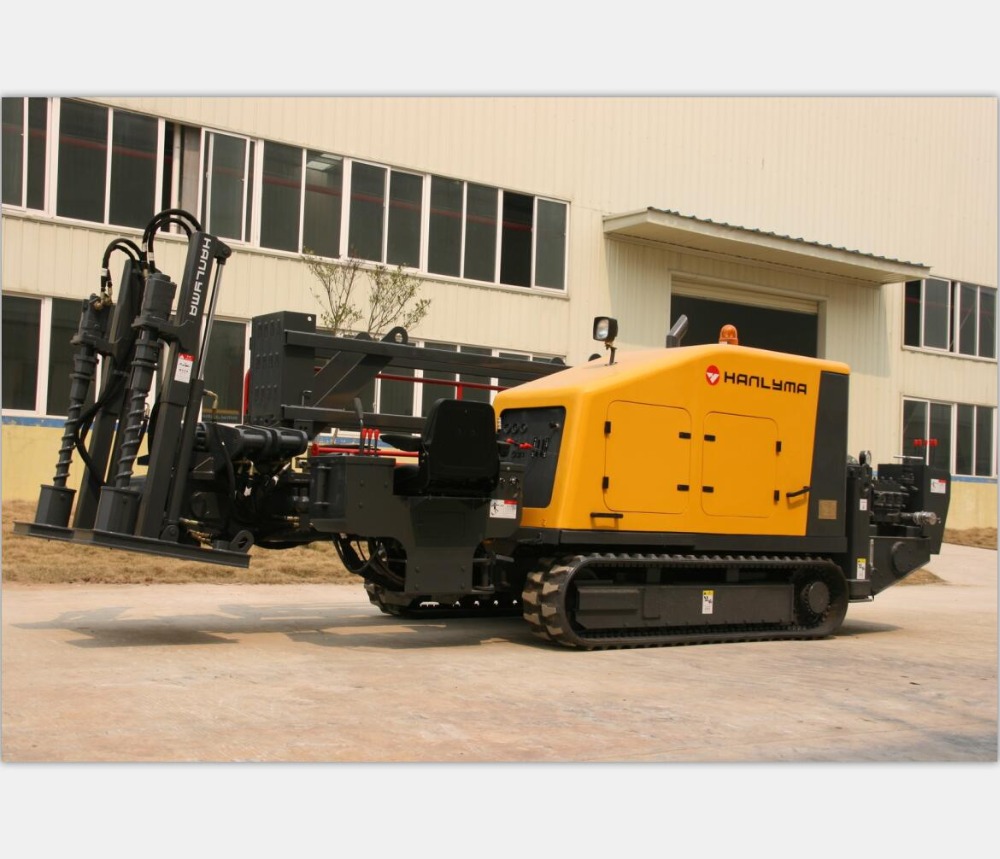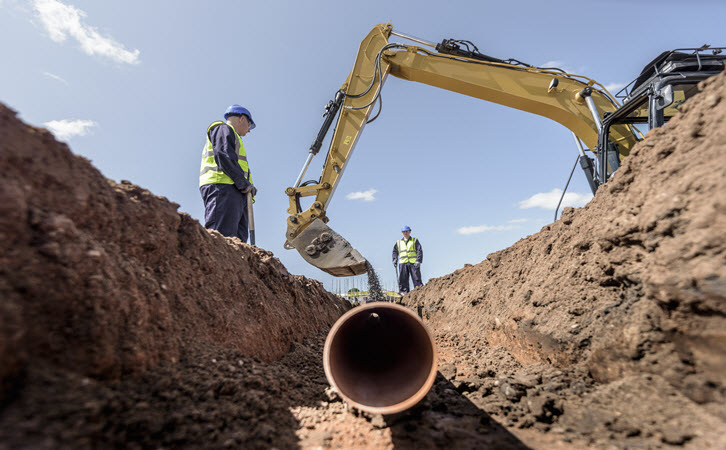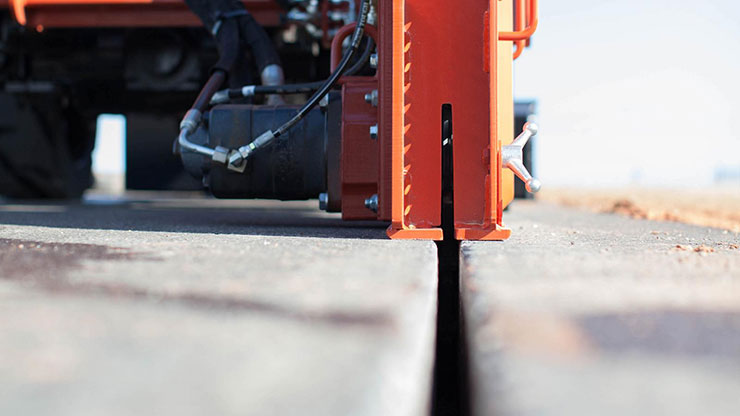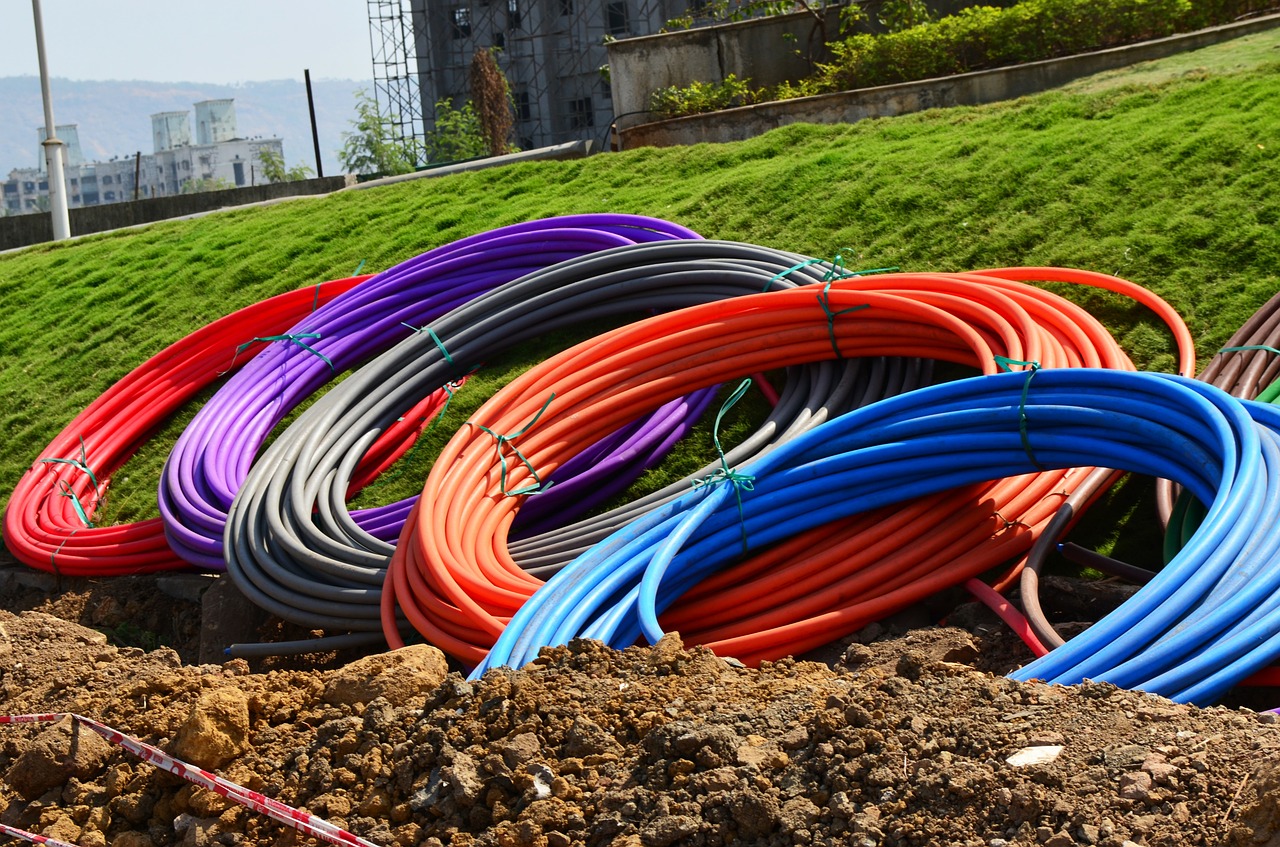
CIVIL AND MECHANICAL
 Horizontal Directional Drilling (HDD) is a method of installing underground pipelines, cables and service conduit through trenchless methods. It involves the use of a directional drilling machine, and associated attachments, to accurately drill along the chosen bore path and back ream the required pipe.
Horizontal Directional Drilling (HDD) is a method of installing underground pipelines, cables and service conduit through trenchless methods. It involves the use of a directional drilling machine, and associated attachments, to accurately drill along the chosen bore path and back ream the required pipe.
 A trench is a type of excavation or depression in the ground that is generally deeper than it is wide (as opposed to a wider gully, or ditch), and narrow compared with its length (as opposed to a simple hole).In the civil engineering field, trenches are often created to install underground infrastructure or utilities (such as gas mains, water mains or telephone lines), or later to access these installations. Trenches have also often been dug for military defensive purposes.
A trench is a type of excavation or depression in the ground that is generally deeper than it is wide (as opposed to a wider gully, or ditch), and narrow compared with its length (as opposed to a simple hole).In the civil engineering field, trenches are often created to install underground infrastructure or utilities (such as gas mains, water mains or telephone lines), or later to access these installations. Trenches have also often been dug for military defensive purposes.
 The micro trencher 2 is fitted with a cutting wheel 10 that cuts a microtrench 11 with smaller dimensions than can be achieved with conventional trench digging equipment. Microtrench widths usually range from about 6 mm to 130 mm (¼ to 5 inches) with a depth of 500 mm (20 inches) or less.
The micro trencher 2 is fitted with a cutting wheel 10 that cuts a microtrench 11 with smaller dimensions than can be achieved with conventional trench digging equipment. Microtrench widths usually range from about 6 mm to 130 mm (¼ to 5 inches) with a depth of 500 mm (20 inches) or less.
 The Design planning and consultation means developing and documenting the objectives to be achieved by the change and the process that will be undertaken to achieve them. This is a critical stage; it is important to take the time to ensure that the process initiative is carefully and appropriately planned, documented and approved in accordance with.
The Design planning and consultation means developing and documenting the objectives to be achieved by the change and the process that will be undertaken to achieve them. This is a critical stage; it is important to take the time to ensure that the process initiative is carefully and appropriately planned, documented and approved in accordance with.
 The purpose of the Rollout Planning and Preparation Phase is to begin all preparation activities necessary for rolling out the new system to the end users and to the production environment. This phase is performed to ensure that the rollout of the new system will proceed smoothly and on schedule.
The purpose of the Rollout Planning and Preparation Phase is to begin all preparation activities necessary for rolling out the new system to the end users and to the production environment. This phase is performed to ensure that the rollout of the new system will proceed smoothly and on schedule.
 Testing and commissioning is the process of assuring that all systems and components of a building or industrial plant are designed, installed, tested, operated, and maintained according to the operational requirements of the owner or final client.
Testing and commissioning is the process of assuring that all systems and components of a building or industrial plant are designed, installed, tested, operated, and maintained according to the operational requirements of the owner or final client.
 Cable Lay refers to the lay length or length of twist or to the method and type of lay of electric cores or cables, sometimes known as cabling. Lay length is defined as the distance required to complete one revolution of the strand around the diameter of the conductor. When a conductor has more than one layer, it usually refers to the lay length of the outer layer.
Cable Lay refers to the lay length or length of twist or to the method and type of lay of electric cores or cables, sometimes known as cabling. Lay length is defined as the distance required to complete one revolution of the strand around the diameter of the conductor. When a conductor has more than one layer, it usually refers to the lay length of the outer layer.


